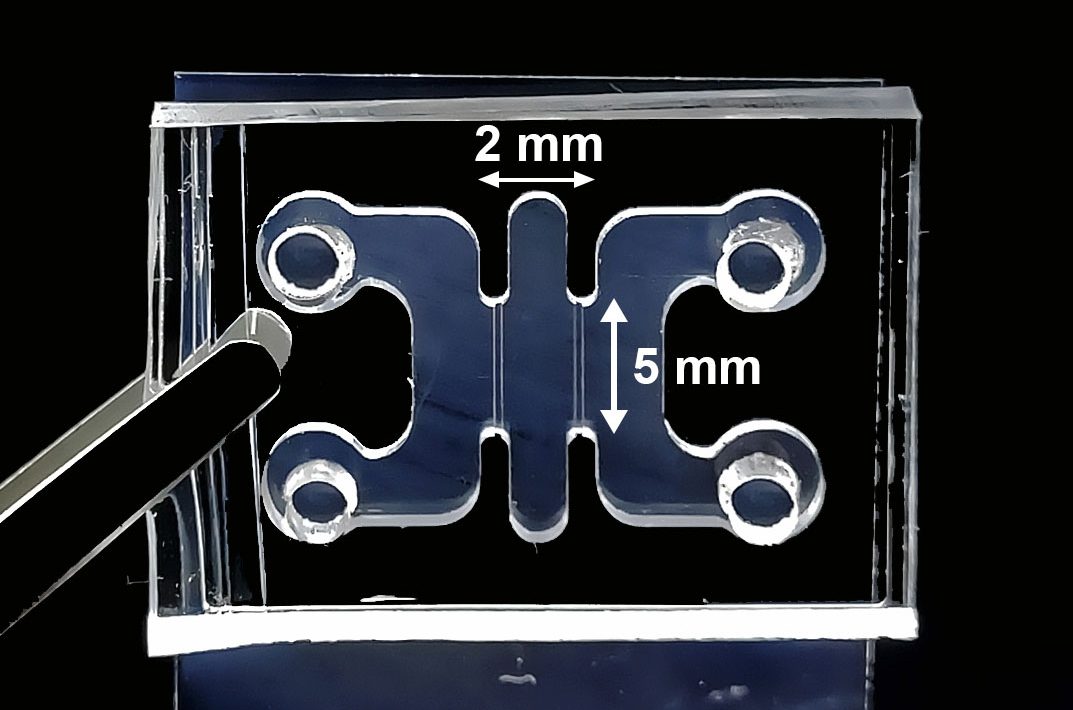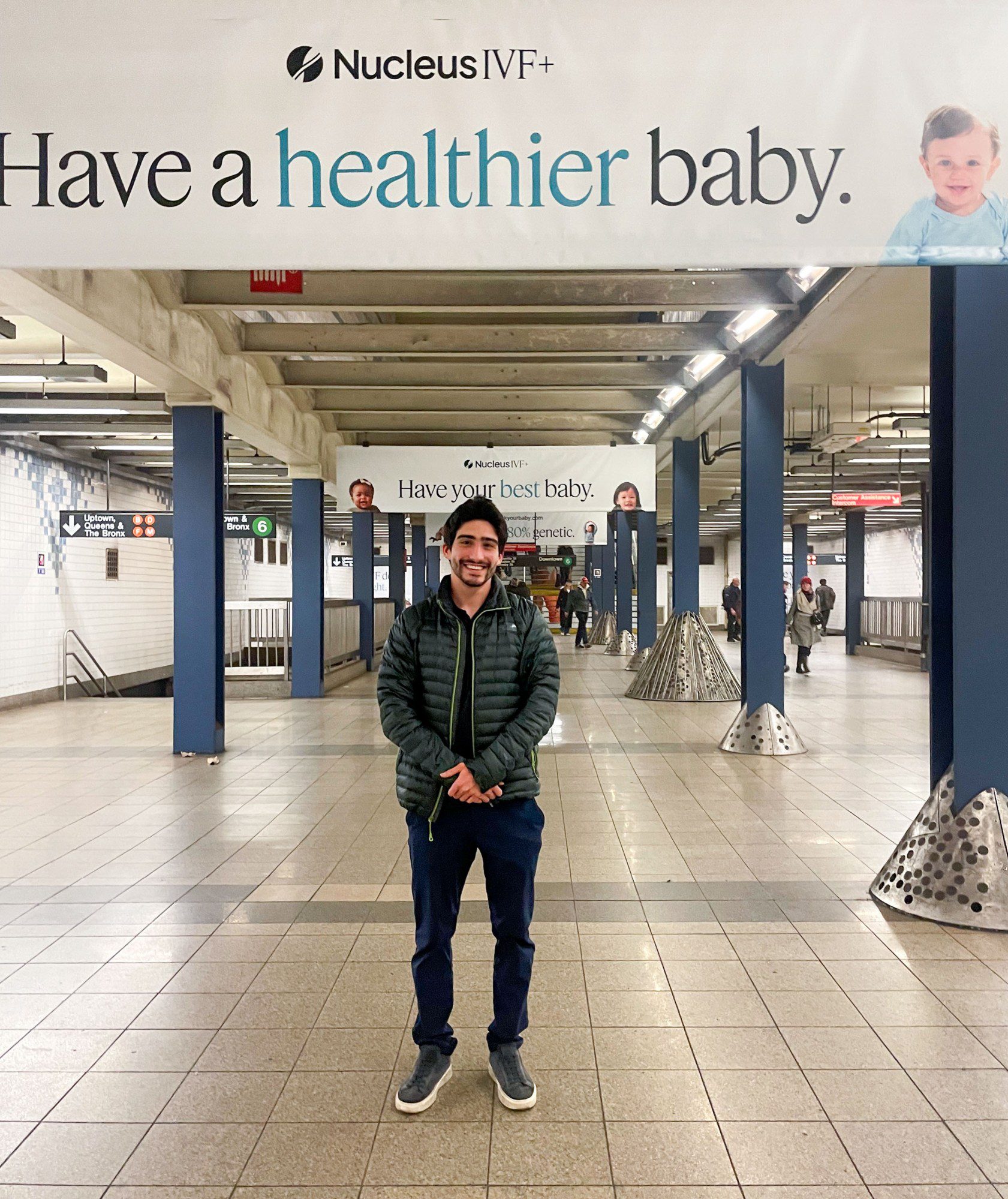Researchers are getting organoids pregnant with human embryos
At first glance, it looks like the start of a human pregnancy: A ball-shaped embryo presses gently into the receptive lining of the uterus and then grips tight, burrowing in as the first tendrils of a future placenta appear.
This is implantation—the moment that pregnancy officially begins.
Only none of it is happening inside a body. These images were captured in a Beijing laboratory, inside a microfluidic chip, as scientists watched the scene unfold.

In three papers published this week by Cell Press, scientists are reporting what they call the most accurate efforts yet to mimic the first moments of pregnancy in the lab. They’ve taken human embryos from IVF centers and let these merge with “organoids” made of endometrial cells, which form the lining of the uterus.
The reports—two from China and a third involving a collaboration among researchers in the United Kingdom, Spain, and the US—show how scientists are using engineered tissues to better understand early pregnancy and potentially improve IVF outcomes.
“You have an embryo and the endometrial organoid together,” says Jun Wu, a biologist at the University of Texas Southwestern Medical Center, in Dallas, who contributed to both Chinese reports. “That’s the overarching message of all three papers.”
According to the papers, these 3D combinations are the most complete re-creations yet of the first days of pregnancy and should be useful for studying why IVF treatments often fail.
In each case, the experiments were stopped when the embryos were two weeks old, if not sooner. That is due to legal and ethical rules that typically restrict scientists from going any further than 14 days.
In your basic IVF procedure, an egg is fertilized in the lab and allowed to develop into a spherical embryo called a blastocyst—a process that takes a few days. That blastocyst then gets put into a patient’s uterus in the hope it will establish itself there and ultimately become a baby.



But that’s a common failure point. Many patients will learn that their IVF procedure didn’t work because an embryo never attached.
In the new reports, it’s that initial bond between mother and embryo that is being reproduced in the lab. “IVF means in vitro fertilization, but now this is the stage of in vitro implantation,” says Matteo Molè, a biologist at Stanford University whose results with collaborators in Europe are among those published today. “Considering that implantation is a barrier [to pregnancy], we have the potential to increase the success rate if we can model it in the laboratory.”
Normally implantation is entirely hidden from view because it occurs in someone’s uterus, says Hongmei Wang, a developmental biologist at the Beijing Institute for Stem Cell and Regenerative Medicine, who co-led the effort there. Wang often studies monkeys because she can interrupt their pregnancies to collect the tissues she needs to see. “We’ve always hoped to understand human embryo implantation, but we have lacked a way to do so,” she says. “It’s all happening in the uterus.”
In the Beijing study, researchers tested about 50 donated IVF embryos, but they also ran a thousand more experiments using so-called blastoids. The latter are mimics of early-stage human embryos manufactured from stem cells. Blastoids are easy to make in large numbers and, since they aren’t true embryos, don’t have as many ethical rules on their use.
“The question was, if we have these blastoids, what can we use them for?” says Leqian Yu, the senior author of the report from the Beijing Institute. “The obvious next step was implantation. So how do you do that?”
For the Beijing team, the answer was to build a soft silicone chamber with tiny channels to add nutrients and a space to grow the uterine organoid. After that, blastoids—or real embryos—could be introduced through a window in the device, so the “pregnancy” could start.
“The key question we want to try to answer is what is the first cross-talk between embryo and mother,” says Yu. “I think this is maybe the first time we can see the entire process.”
Medical applications
This isn’t the first time researchers have tried using organoids for this kind of research. At least two startup companies have raised funds to commercialize similar systems—in some cases presenting the organoids as a tool to predict IVF success. In addition to Dawn Bio, a startup based in Vienna, there is Simbryo Technologies, in Houston, which last month said it would begin offering “personalized” predictions for IVF patients using blastoids and endometrial organoids.
To do that test, doctors will take a biopsy of a patient’s uterine lining and grow organoids from it. After that, blastoids will be added to the organoids to gauge whether a woman is likely to be able to support a pregnancy or not. If the blastoids don’t start to implant, it could mean the patient’s uterus isn’t receptive and is the reason IVF isn’t working.
The Beijing team thinks the pregnancy organoids could also be used to identify drugs that might help those patients. In their paper, they describe how they made organoids out of tissue taken from women who’ve had repeated IVF failures. Then they tested 1,119 approved drugs on those samples to see if anything improved.
Several seemed to have helpful effects. One chemical, avobenzone, an ingredient in some types of sunblock, increased the chance that a blastoid would start implanting from just 5% of the time to around 25% of the time. Yu says his center hopes to eventually start a clinical trial if they can find the right drug to try.
Artificial womb?
The Beijing group is working on ways to improve the organoid system so that it’s even more realistic. Right now, it lacks important cell types, including immune cells and a blood supply. Yu says a next step he’s working on is to add blood vessels and tiny pumps to his chip device, so that he can give the organoids a kind of rudimentary circulation.
This means that in the near future, blastoids or embryos could likely be grown longer, raising questions about how far scientists will be able to take pregnancy in the lab. “I think this technology does raise the possibility of growing things longer,” says Wu, who says some view the research as an initial step toward creating babies entirely outside the body.
However, Wu says incubating a human to term in the laboratory remains impossible, for the time being. “This technology is certainly related to ectogenesis, or development outside the body,” he says. “But I don’t think it’s anywhere near an artificial womb. That’s still science fiction.”


